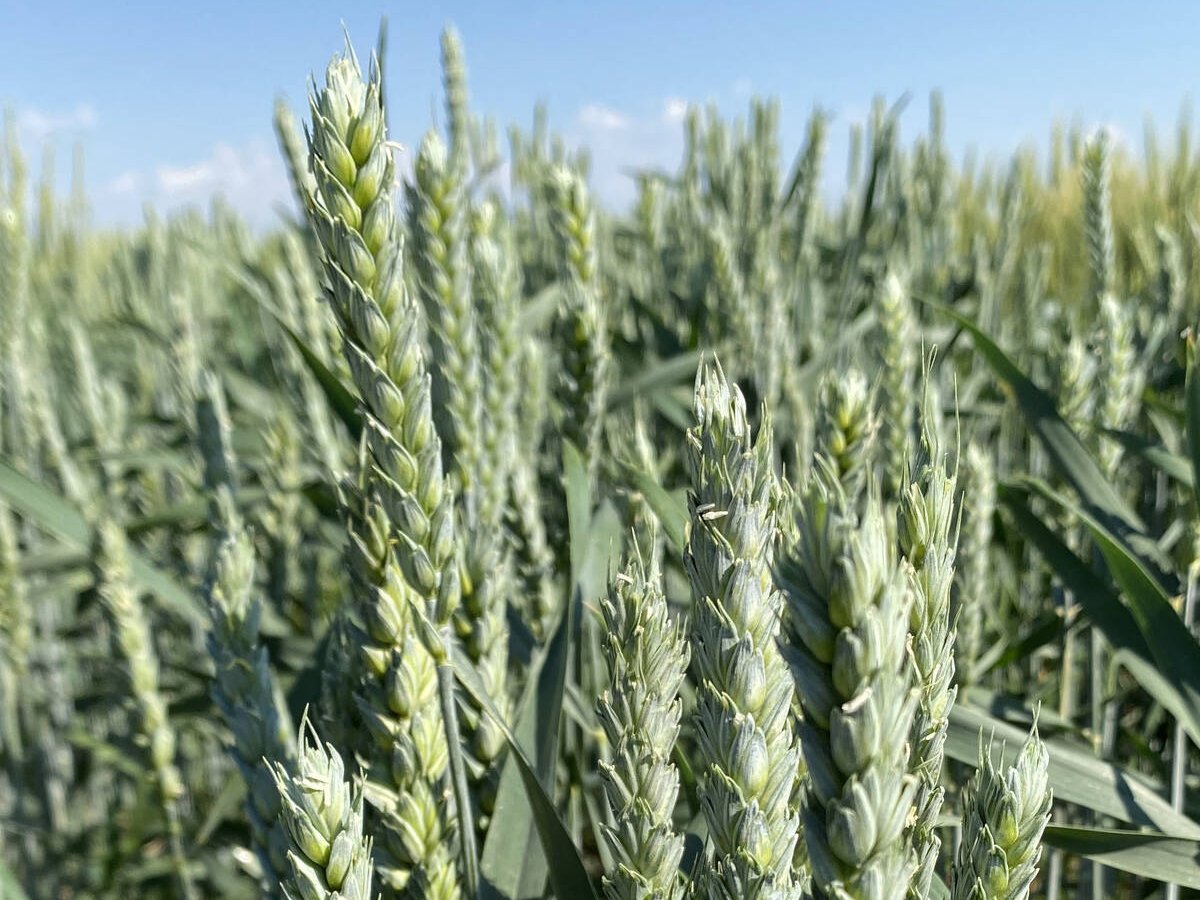Canola is the one bright star in Western Canada’s grains and oilseeds outlook, says an analyst.
“Canola should stay very steady in terms of price and give us some relatively good values,” Marlene Boersch, partner in Mercantile Consulting Venture told farmers attending CropSphere.
That is because the crop’s balance sheet is rather tight due to a strong export program.
Boersch estimates 2015 canola production at 16 million tonnes, which is at the high end of trade expectations but well below Statistics Canada’s latest forecast of 17.2 million tonnes.
Read Also

Discovery promises big wheat yield gain
University of Maryland researchers have discovered a gene that produces three grains per wheat floret instead of the usual one.
“Statistics in Canada are not very good. They are neither timely nor accurate,” she said.
Boersch scoffed at the notion of Statistics Canada moving from an initial estimate of 14.3 million tonnes to 17.2 million tonnes by December.
“What the hell is that?” she said.
She is forecasting 17.9 million tonnes of total supply. Domestic crushers will take 7.4 million tonnes and another nine million tonnes will be exported.
China is the big wild card. Exports to China were slow in the fall because canola was priced unfavourably compared to U.S. soybeans but that situation has been reversed due to the ever strengthening U.S. dollar.
“Right now we are very positively priced vis-à-vis soybeans,” said Boersch.
“It’s very attractive at the moment for China to buy more canola.”
She believes China will end up buying 3.85 million tonnes of Canadian canola, down slightly from last year’s 4.11 million tonnes.
Canada’s export program was 12 percent ahead of last year’s pace as of Jan. 3 despite having less product to sell. Domestic crush is running 21 percent ahead.
“In terms of demand, don’t let them tell you any other way, we are doing very well actually on canola right now,” she told farmers.
Boersch is forecasting 1.51 million tonnes of carryout, down from 2.1 million tonnes in 2014-15.
It’s a different story for flax where Boersch is forecasting only 700,000 tonnes of exports, which is well below Agriculture Canada’s estimate of 800,000 tonnes.
She noted that flax production was up 90,000 tonnes in the U.S., 475,000 tonnes in Russia, 300,000 tonnes in Kazakhstan and about 90,000 tonnes in the European Union. That is a lot of competition for Canada’s exports.
“With all the goodwill I can muster I cannot go beyond 700,000 tonnes. So don’t be mislead, I think carryout will go up this year,” Boersch warned.
Canada is 34 percent or 55,000 tonnes behind last year’s export pace.
She is forecasting 256,000 tonnes of carryout or about 100,000 tonnes more than Agriculture Canada is forecasting.
Boersch told growers they should be 90 to 100 percent sold on old crop flax and making some new crop sales.
Statistics Canada boosted wheat production modestly and durum production substantially in the November report. Wheat exports are five percent ahead of last year’s pace while durum sales are down about 25 percent.
“We are quite far behind and are not going to catch up,” said Boersch of durum.
Another red flag is that North American wheat is still priced well above wheat from other exporting regions. For example, U.S. soft red winter wheat is priced US$10 to $12 per tonne above French wheat.
She believes wheat carryout will fall while durum carryout will rise.
Boersch didn’t spend much time on barley, only noting that production and carryout will rise.
Concerns about oat ending stocks eased after production increased by 136,000 tonnes in the latest Statistics Canada report.
She believes oat ending stocks will increase by 160,000 tonnes but prices will still need to climb higher to take acres away from wheat in Western Canada.















